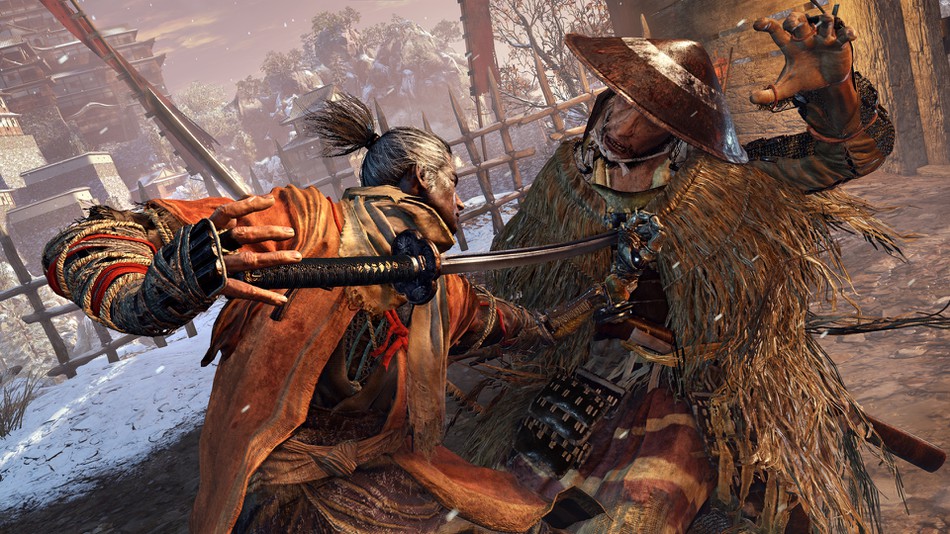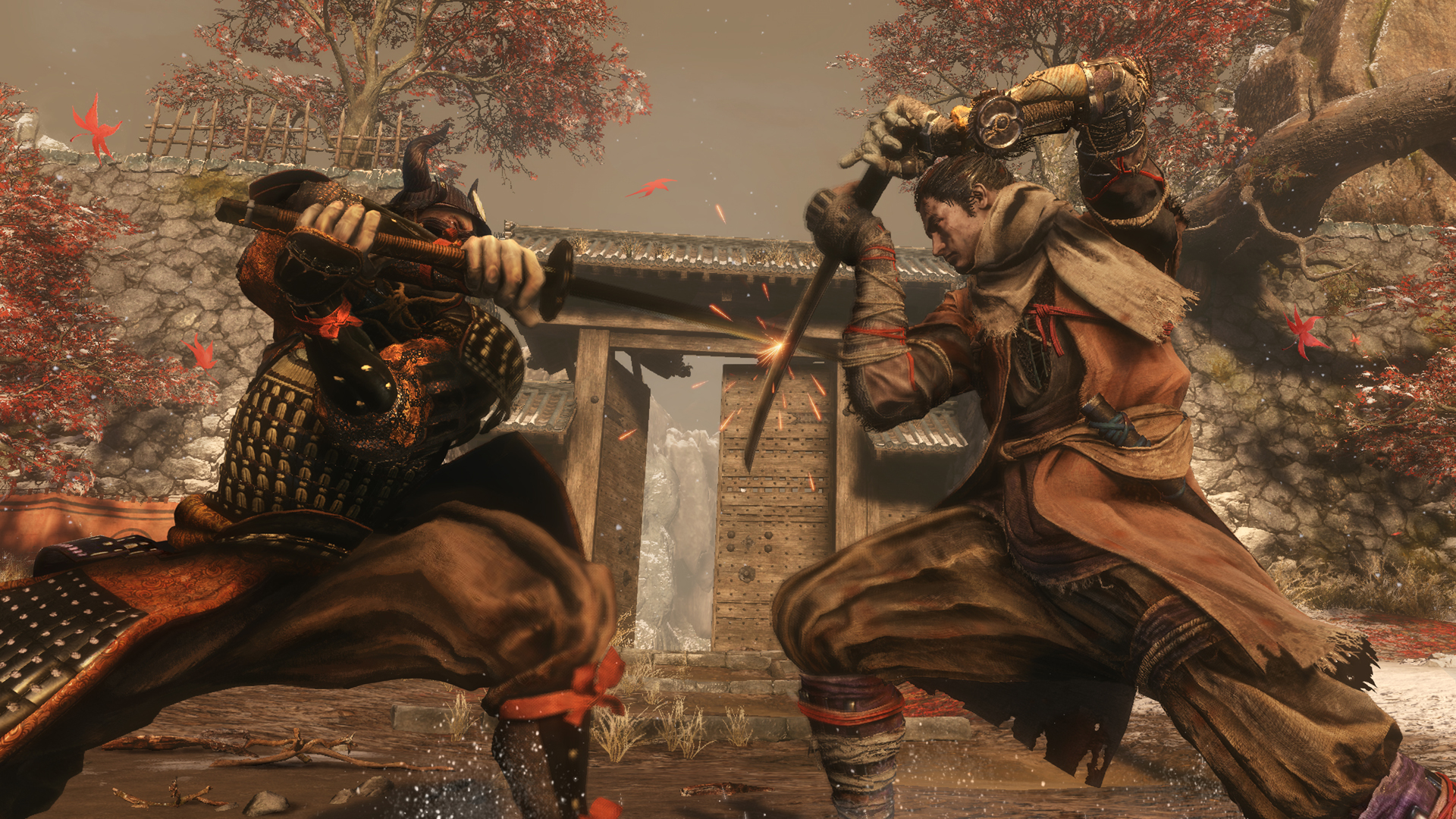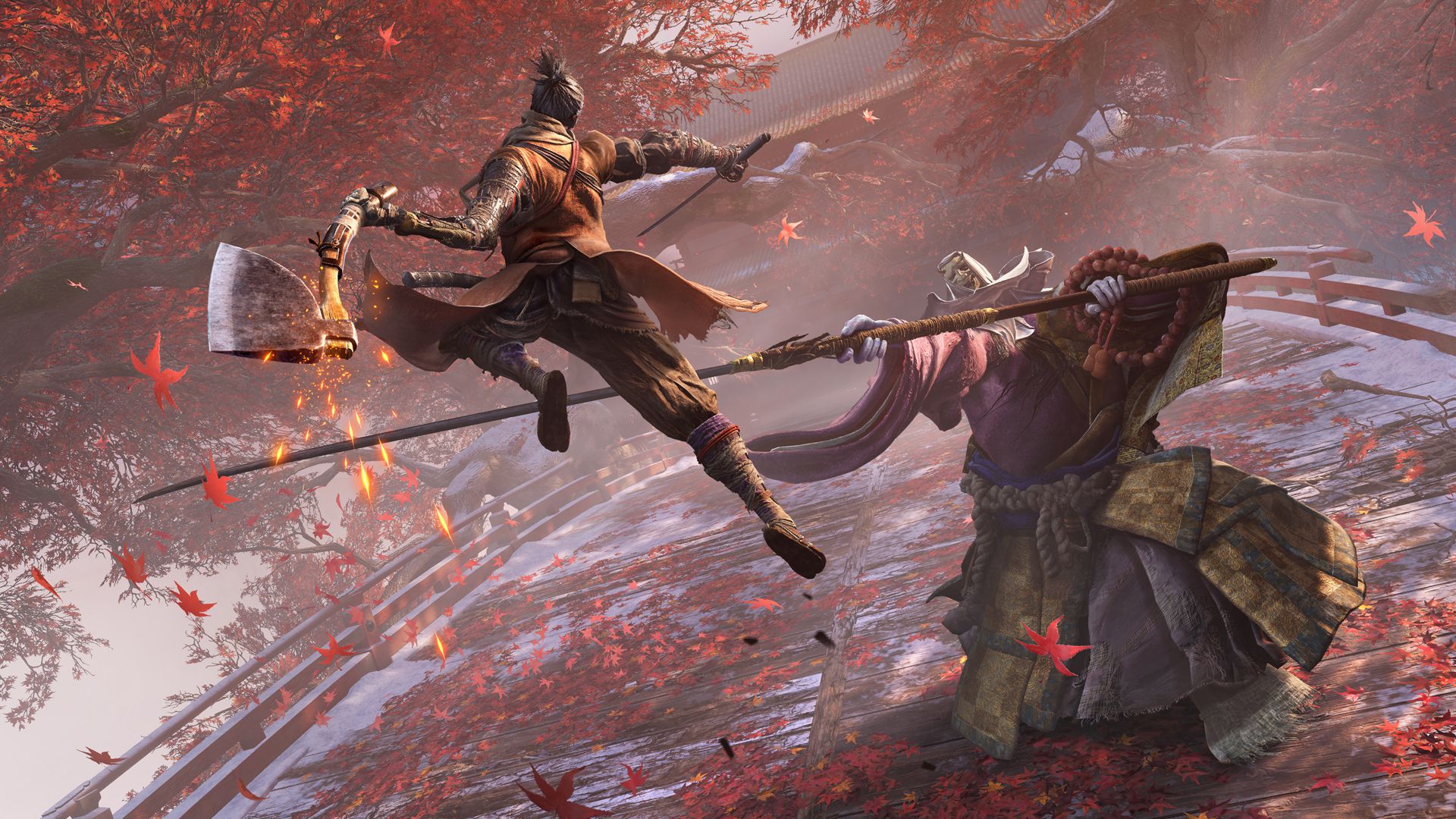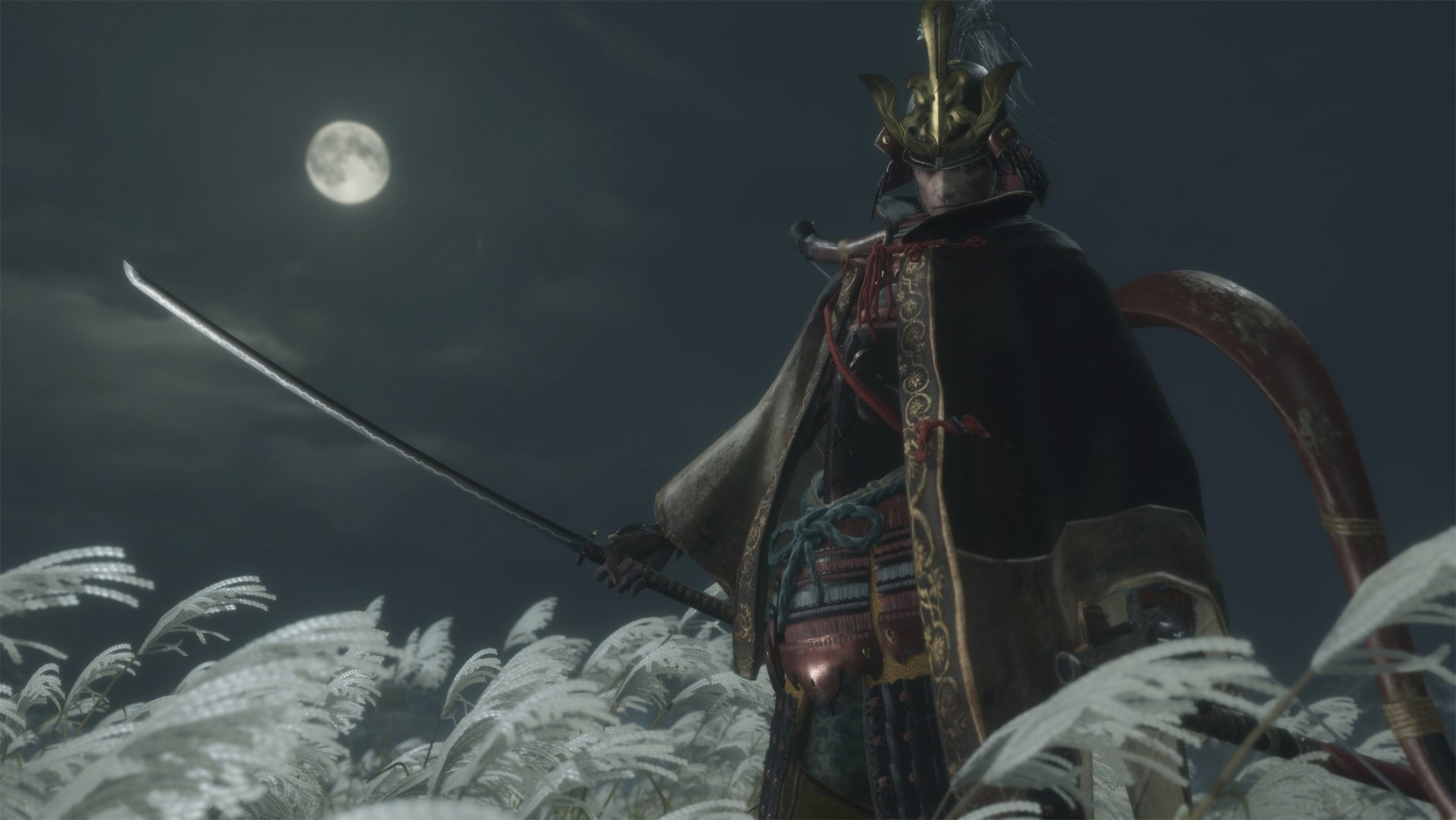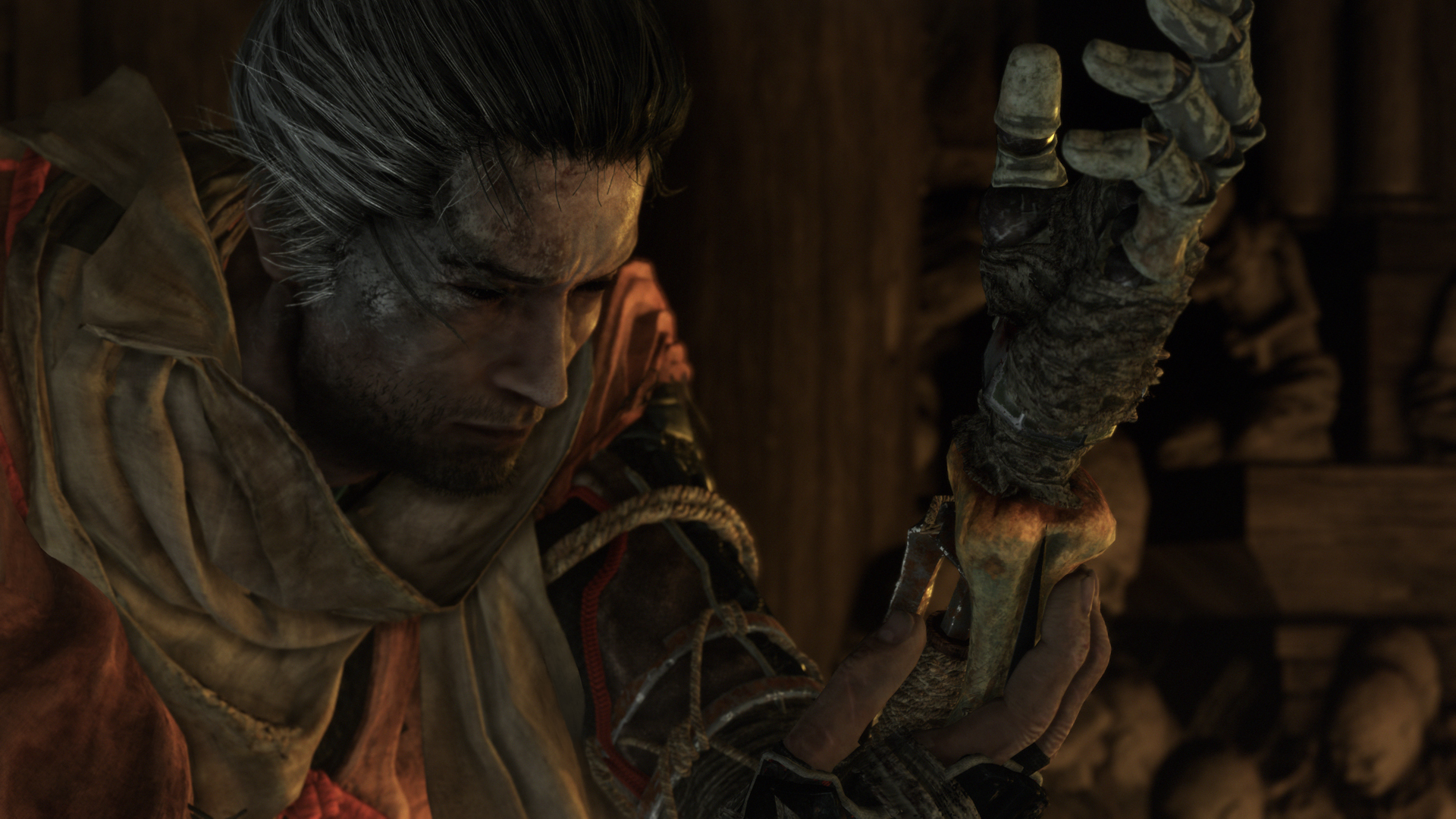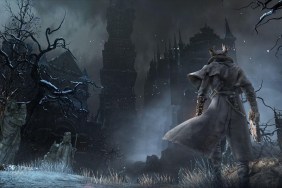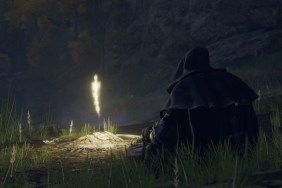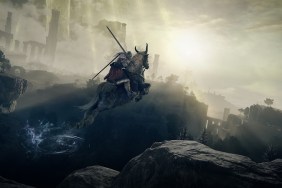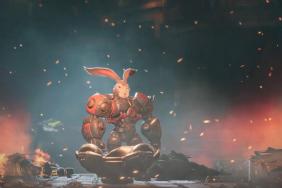I don’t think there’s a game in the history of games that has subsequently made me curse more or felt more rewarding than Sekiro. As a FromSoftware title, I expected it to be difficult. I would have been disappointed if it wasn’t. That didn’t stop me from shouting obscenities as Lady Butterfly stabbed me for the thousandth time or I was set ablaze by an enormous bull with a flaming hay bale on its horns. And yet, for each time I was impaled, sliced, skewered, or roasted, I learned something new. I took those lessons through more failures, making small adjustments and modifications until… success. That moment when everything clicks and I level myself up as a player. That’s what makes a FromSoftware game.
Sekiro: Shadows Die Twice is not Demon’s Souls. It’s not Dark Souls. And it’s not Bloodborne. It pulls from the studio’s history with notoriously difficult games, but itself is a wholly unique experience. It redefines combat, narrative, and mobility in ways that will force veterans of the soulsborne games to rethink how they play and interact with the world, all the while feeling familiar to the pedigree of the legendary studio. The new approach also opens the door to players who may have otherwise looked past yet another soulsborne game.
Sekiro Shadows Die Twice Review – Clashing of Swords
Late 1500s Sengoku-era Japan was the inspiration for the setting, story, and character design, which grounds much of Sekiro on a more “believable” foundation, regardless of its affinity for rather large snakes, life-giving blood curses, and boss fights with looming stature. Rather than fighting demons or monsters, many of the enemies you’ll face in Sekiro are simply samurais, monks, or knights (among a variety of other humanoid warriors). They aren’t things to be feared because of fangs or teeth. That fear comes through their talents with a blade. Your victory will come through your own talents. Each encounter feels rather personal and grounded.
Sekiro’s combat relies largely on the posture system. Instead of dealing direct damage against an enemies health, you’ll be working to throw off their posture. Once the posture meter is full, you can move in for a deathblow. Linked with posture is the vitality meter, which acts as more of a health bar, but also directly correlates with how fast the enemy can recover their posture. The lower their vitality, the slower posture will recover. Posture can be damaged through attacking the enemy and deflecting their attacks, which puts an intense amount of focus on keeping the swords clashing.
It took a lot of getting used to. Sekiro is neither a hack-and-slash nor the type of game where you can simply guard and dodge and take the occasional swipe during a small opening. It finds this balance of making the player engage while rewarding every single clash and clang of the swords. The key to Sekiro’s combat is deflecting—timing your blocks perfectly which will damage the enemy’s posture. Alternating between deflecting attacks and striking when there is an opening will break their posture and allow you to move in for the deathblow. Enemies have specific patterns that can be very difficult to discern at first, but through death, trial, error, and lots of failure, can be learned.
Of course, that’s the very basic premise of combat. Every enemy offers their own little quirks that can change how you have to fight, from the most simple foot soldier to the miniboss and boss encounters you’ll face along the way. Enemy design is classic FromSoftware, brilliantly terrifying enemies that strike fear through their ability to easily kill you in beautifully designed environments and arenas. One miniboss, a relentless fully armored knight with an enormous bastard sword, doesn’t take any vitality damage at all, but his posture is very slow to recover. Other faster enemies, like the Crouching Tiger, Hidden Dragon-inspired Lady Butterfly, might recover posture really quickly, requiring constant action in order to break them and nail the deathblow.
Minibosses and bosses can also withstand multiple deathblows, so it’s not just about whittling them down once. Sekiro’s combat is an intimate dance that rewards consistent engagement. Every mistake I made was a learning experience—usually leading to death—until I grew enough to finally overcome the challenge. We’ll talk more about death in Sekiro a little later.
Enemy tactics aren’t the only things that keep the fights varied. Sekiro has a broad variety of skills that can be unlocked through skill books found in the world. There are also the tools that can be applied to the Shinobi Prosthetic, the one-armed Shinobi’s replacement left arm that bestows a lot of usefulness on a disability. It also plays a pretty significant role in the story.
Sekiro Shadows Die Twice Review – Making Death Mean Something
Sekiro: Shadows Die Twice has a character focused story, centered around the one-armed Wolf, a Shinobi responsible for protecting the last heir of the Dragon’s Heritage. The Dragon’s Heritage is a powerful bloodline with actual mystical powers in its blood, and the Shinobi is drawing from its power to resurrect each time he dies. When the power in the blood runs out, however, the Dragon’s Heritage draws lifeforce from the world around it in order to to bring him back, spreading an illness known as Dragonrot.
When the Shinobi dies, he loses half of the Sen (money) that he is holding as well as half of the experience towards the next skill point. Each time you gain a skill point, that experience is essentially banked and cannot be lost, so it is possible to grind out enemies to build up skill points, but no skills are overpowered abilities that guarantee a win. They simply add to your arsenal, but still must be utilized in a skillful way by the player in order to be of any use. Occasionally you’ll receive Unseen Aid, a small chance that you don’t lose half of your money and experience, but the more you die, the smaller that chance gets.
The world of Sekiro is enormous and beautiful, a seamless environment that provides countless new corners to explore. It was a gratifying feeling to look across a vista and realize that I had crossed a ravine or climbed a mountain I had thought inaccessible hours earlier. Seeing how the world connected, looping and wrapping around and in on itself, was always a treat, and worth every bit of frustration to get just a little bit farther. Seeing how the story did the same thing was perhaps even more satisfying.
Every bit of gameplay has a narrative purpose, making the game and story feel mechanically seamless. “Gamification” is a big problem with a lot of games, with mechanics that break immersion, but Sekiro manages to immerse the player in every single little game aspect. That includes the Shinobi’s prosthetic arm, a vehicle for various tools that can help out in different fights. The Shinobi Axe can shatter otherwise unbreakable shields, the Shinobi Firecrackers stun beasts such as horses or the aforementioned flaming bull, and the umbrella shield can block attacks that otherwise crash through your defenses. Nothing is just handed to the player though. There are a number of tools to find in the world, but it’s going to take a good amount of exploring and overcoming challenges to discover them all.
Sekiro Shadows Die Twice Review – Growing as a Player
While there’s a lot more of a direct character driven narrative, FromSoftware still peppered the world with latent storytelling waiting to be discovered. I can’t wait to see what the community can dig up, connecting the environmental storytelling with the story that’s being told in a more direct manner. Sekiro has an incredibly deep and layered world rife with characters and locations that I’m sure have a lot of underlying mysteries waiting to be discovered.
The vast world provides a ton of options for players, so if you find yourself stuck, you can explore elsewhere and fight other enemies. At any given time (after a certain point early on), I found myself with no less than about four bosses or minibosses that I could face. If I was banging my head against a wall with one fight, I could move on to another. Overcoming one challenge often gave me access to new things that could help with another fight. Nothing was ever the silver bullet or “ultimate weapon,” but it often gave me just enough of an edge to persevere through encounters until I could emerge victorious. There are also a lot of options for how to approach each individual encounter and explore the world, including a lot of mobility and verticality thanks to the Shinobi Prosthetic’s grappling hook. There’s not much that feels better than finally impaling a blade into a tough foe and watching them fall after many failures and lessons learned. No game has made me feel like I’ve grown as a player more than Sekiro. No game has required that I grow as a player more than Sekiro.
I won’t say much for the sake of spoilers, but rest assured that through multiple endings (some of which drastically alter the path of the latter portions of the game) and other gameplay elements in New Game+, there’s plenty of reason to keep revisiting the world of Sekiro. The only minor problems I encountered in more than 30 hours with the game were some inconsistencies with the lock-on camera, where it would either lose tracking of an enemy or lock onto the wrong one in a group. Honestly, you shouldn’t be fighting large groups in Sekiro anyway, or you’re bound to fail, and it didn’t really crop up enough to significantly impact encounters.
I was consistently frustrated playing Sekiro, but when something clicked, everything sort of fell into place and there was an incredible sense of accomplishment. My frustration was at my own lack of patience or understanding in how a fight worked. I often found that when things clicked with me, I could go from dying early on in an encounter, to beating it barely taking any damage at all. Pushing through to discover the next location was stunning and always worth the perseverance. Unraveling the next thread of the story was fascinating.
Untethered from the expectations that come with a Dark Souls or Bloodborne game, FromSoftware was able to create a game that maintains the studio’s unique identity while allowing them to explore interesting new mechanics and ways of telling the story. Sekiro is challenging, but fair—a game with the goal of allowing the player to grow, rather than the avatar. It blends mechanics and narrative in a way that is too rare in games today, allowing for a deep level of immersion that begs for just one more clash of blades no matter how difficult the encounters get. Seeing each one to its bloody finish is well worth the trials it takes to get there.
Sekiro Shadows Die Twice review code provided by the publisher. Version 1.01 reviewed on a standard PS4. For more information on scoring, please read our Review Policy.
-
Challenging but rewarding combat
-
Gameplay mechanics tie in with unraveling narrative
-
Vast and intersecting world to explore
-
Brilliant enemy designs
-
Occasional minor issues with the lock-on camera
